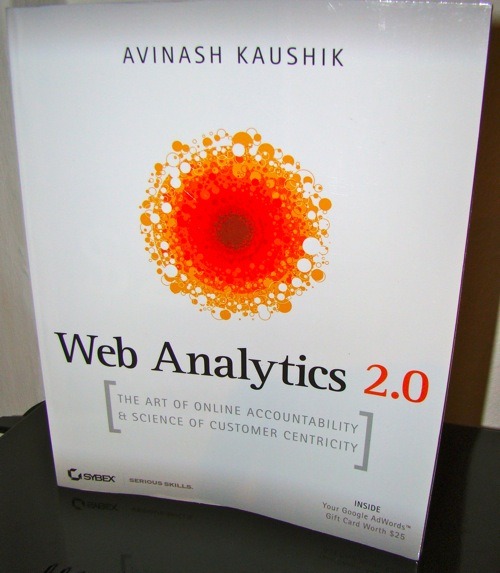Competitive Intelligence Analysis: Metrics, Tips & Best Practices
- What not to do?
- Comparing conversion rates is hard: different business strategies
- Pages / Content viewed is too individual and doesn’t really matter
- What to do?
- Share of Visits by your industry
- Compare “up and downstream” against competition
- Share of Search traffic
- Share of brand and category key phrases
- Discover new search key phrases
- Traffic by media mix
- Psychographic analysis
The Definitive Guide To (8) Competitive Intelligence Data Sources!
- Toolbar data: e.g. Alexa
- Panel data: comScore, Nielsen
- ISP (Network) data: Hitwise, Compete
- Search Engine data: Google AdWords, Keyword Tool, Search-based Keyword Tool, Insights for Search, Microsoft adCenter Labs
- Benchmarks from WA vendors: Fireclick, Coremetrics and GA
- Self-reported data: Quantcast, Google AdPlanner
- Hybrid Data: Google Trends, Compete, DoubleClick AdPlanner
- External VOC data: iPerceptions, ACSI

